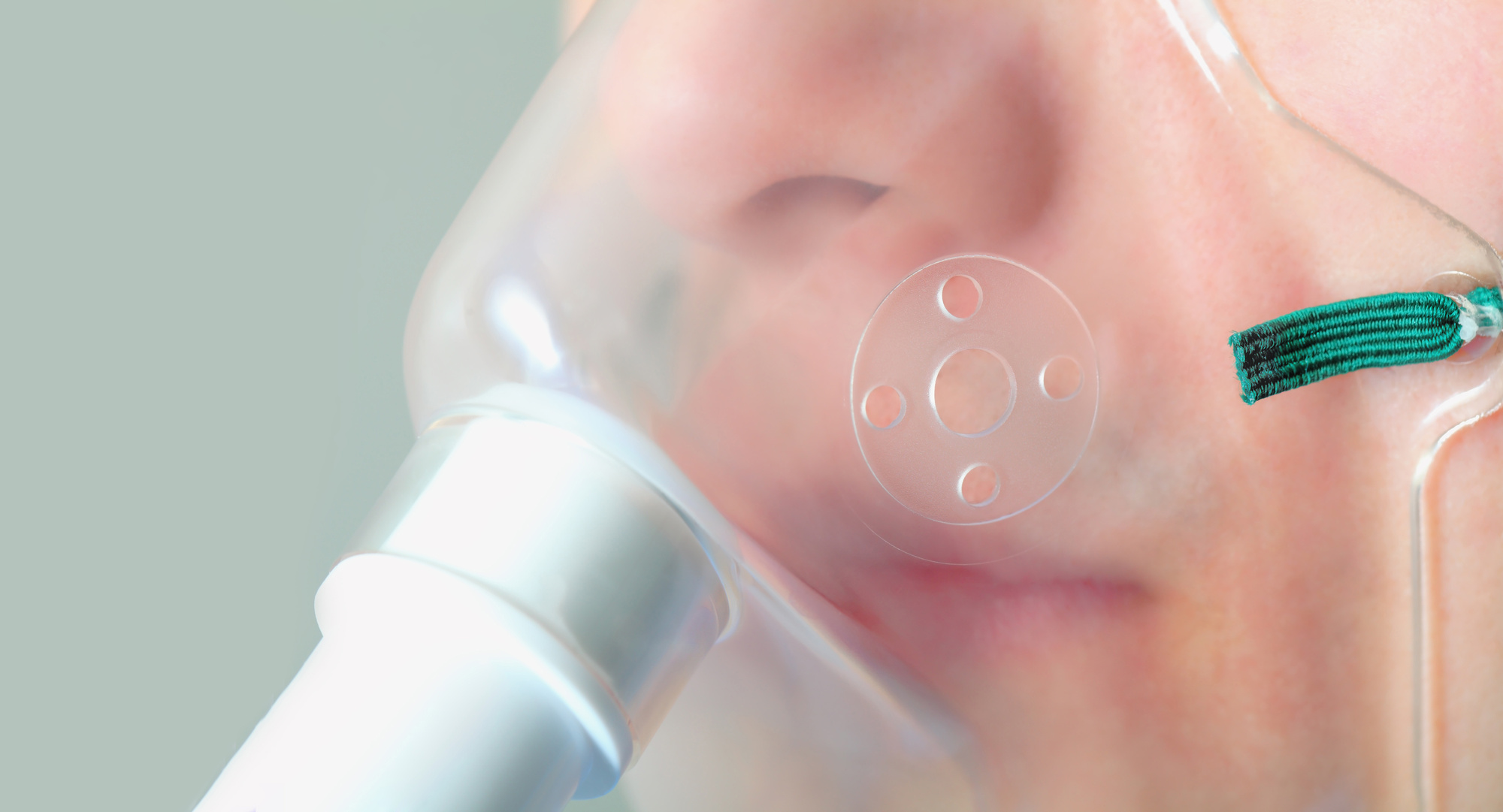
Essential Oxygen Equipment You’ll Need for Supplemental Oxygen
It’s scary enough having to use supplemental oxygen but, on top of your condition, you’ll also need to learn about oxygen equipment.
Fortunately, it’s much easier than you think.
When it comes down to it, there are only a few key things that you need to remember. Keep reading and learn exactly what you need to know to get the oxygen your body needs.
Oxygen Equipment and You
There are only a few main components that you need to make sure you have:
- The oxygen system itself
- An oxygen mask
- Tubing
There are other accessories available as well. These accessories can be quite handy or might be of no use to you depending on what your own medical needs are.
Finding the right oxygen equipment can be a trying process, however. Your own physical capabilities and your budget are going to be the biggest factor in making sure that you get the right system setup.
You don’t want to have trouble lugging around the smaller oxygen tank you can bring with you outside of the house, for instance, and if your manual dexterity is compromised then you’ll have to find a simple system.
Every part of the system should adhere to your physical abilities in mind before you begin to take budgeting into account. If you’re having trouble getting a system approved then you may need to appeal your denial.
Types of Oxygen Systems
There are three types of systems which make up modern medicine’s supplement oxygen therapy.
First up, compressed oxygen cylinders. This is what most of us think of when we’re talking about oxygen. They’re the cheapest of the three, and the most likely to not cause issues with your insurance.
They’re also a bit dangerous due to the pressures they’re under, and proper precautions should always come into play. The other problem with them is that they’re quite heavy. While you can fill smaller bottles you still need to get the tank in your home and positioned.
The second type are oxygen concentrators, which aren’t suitable for everyone. They’re a stationary device which concentrates the oxygen in the air so that you’ll be able to get continuous oxygen without the need for refills.
They’re also inexpensive. The problem is that they aren’t portable so if you leave the house you’ll still need a cylinder of one of the other types.
Lastly, is liquid oxygen, which is great for those who can afford it. They work essentially the same but tend to be much smaller and lighter. They come with a high price tag and still must be refilled on a frequent basis.
Some types of oxygen systems, are even compatible with their own software. The Inogen Connect app, for instance, connects with the Inogen One G4 to allow you to monitor your oxygen levels.
It’s the biggest decision you make concerning your new equipment but it doesn’t end there.
Taking Portability Into Account
While some patients may end up tied permanently to a bottle, many people still enjoy life quite a bit while being on supplemental oxygen.
Small tanks can be had for most systems. These are generally considered ambulatory if they weigh under 10 pounds and are able to come with the patient easily.
Meanwhile, a system which is large enough to require a cart or other carrying device but can still be moved easily is considered portable.
If you’re still looking to enjoy life, or even just finish daily tasks, then you’ll want to look into the portable tanks and carrying cases which are available for them.
Types of Oxygen Delivery
While the tubing is going to be pretty much the same across the board, except for when it comes to length, your mask or other flow devices can make a big difference.
There are three main types of mask. Low-flow, reservoir, and high flow.
Low flow delivery is more of an oxygen delivery system than an actual mask. They allow the person quite a bit of freedom since they are usually just a tube inserted into the nostril or directly down the throat.
They’re usually inexpensive and quite simple.
Reservoir systems consist of both masks and cannula. Cannula are tubes which usually go into the nose. They allow for greater oxygenation per volume than low flow tubes.
Meanwhile, masks are bulkier and store oxygen for use when needed.
Finally, high flow systems generally use a Venturi mask to mix together oxygen and air at the desired rate.
Which mask you’ll end up with depends largely on your condition and whether or not continuous oxygen addition is required.
Accessories for Oxygen Equipment
While the mask and the actual oxygen system are among the first thoughts in your mind, there are a lot of small things that will make your life much easier in the long run.
Humidifier bottles, for instance, can keep the oxygen from drying out your air passages too much.
Careful consideration on the cart or carrying bag you use for your oxygen system should also be taken into account.
Keep Up Your Oxygen and Keep Up Your Life
Oxygen equipment doesn’t have to be overly complicated. While it’s likely that your doctor knows exactly what you need it definitely never hurts to learn just a little bit more.
In the long run, your familiarity with a system will teach you more and more about what’s best. That’s not medical advice, of course, and any desired changes to your system should be taken up with a medical professional.
Or maybe you were just curious about what things you’ll need. If so, you now know.
If you’re looking to learn more, then check out the rest of our blog for all sorts of interesting tidbits.
